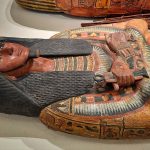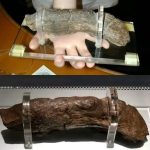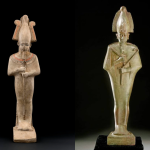The Salt Men of Iran: Ancient Lives Preserved in Time
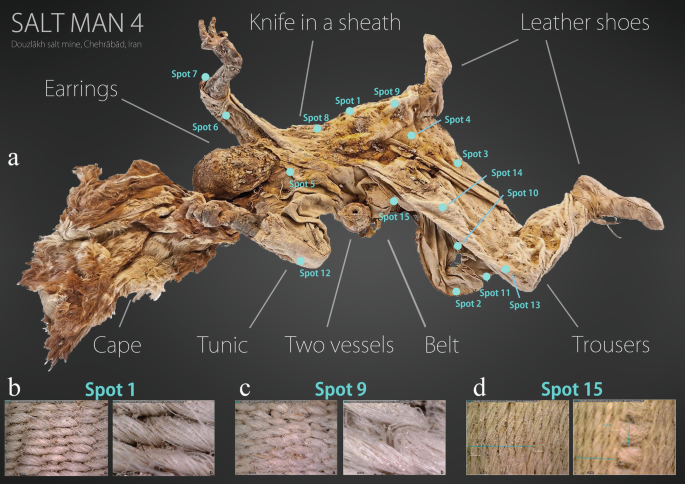
In the winter of 1993, miners working in the Chehrabad Salt Mine of northwestern Iran made a discovery that would astonish both archaeologists and historians. Deep within the mine, amid the salt-encrusted walls, they uncovered the remarkably preserved body of a man. His long hair and beard still clung to his face, and around him lay the belongings of a life suddenly interrupted: a single leather boot, iron knives, woolen trousers, and even a delicate silver needle. This individual would become known as Salt Man 1, the first of several mummies found in the mine.
The preservation was extraordinary. Unlike the embalmed mummies of Egypt, these bodies had been naturally mummified by the mine’s arid, saline conditions. Salt acted as both a desiccant and a preservative, drawing out moisture while preventing bacteria and fungi from destroying the flesh. Incredibly, not only hair and skin survived, but also internal organs—providing scientists with a rare opportunity to study the health, diet, and lifestyles of people who lived more than two millennia ago.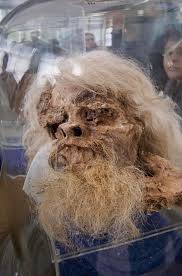
A Growing Family of Salt Men
The story did not end in 1993. In 2004 and 2005, additional bodies emerged from the salt-rich soil, including that of a teenage boy. Today, archaeologists recognize at least six “Salt Men”, dating from the Achaemenid period (around the 6th to 4th century BCE) to the Sassanian era (3rd to 7th century CE). Radiocarbon dating has placed some remains as far back as 955 BCE, making them invaluable records of ancient Iran.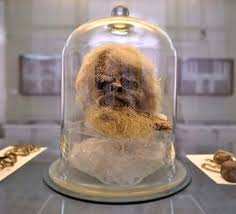
Each discovery has been accompanied by artifacts—tools, textiles, and everyday objects—that shed light on mining practices, clothing styles, and even the social roles of those who worked in these harsh underground environments. The Salt Men were not royalty or elites; they were laborers and commoners, whose accidental preservation now makes them some of history’s most unique storytellers.
Insights Into Ancient Life and Death
Scientific studies of the remains have revealed surprising details. Woven woolen garments showcase the artistry of textile production, while isotopic analysis of bones provides information about diet and regional origins. The cause of death for several of the Salt Men appears to have been mine collapses, suggesting that these individuals perished while working, their bodies sealed away in salt until their rediscovery centuries later.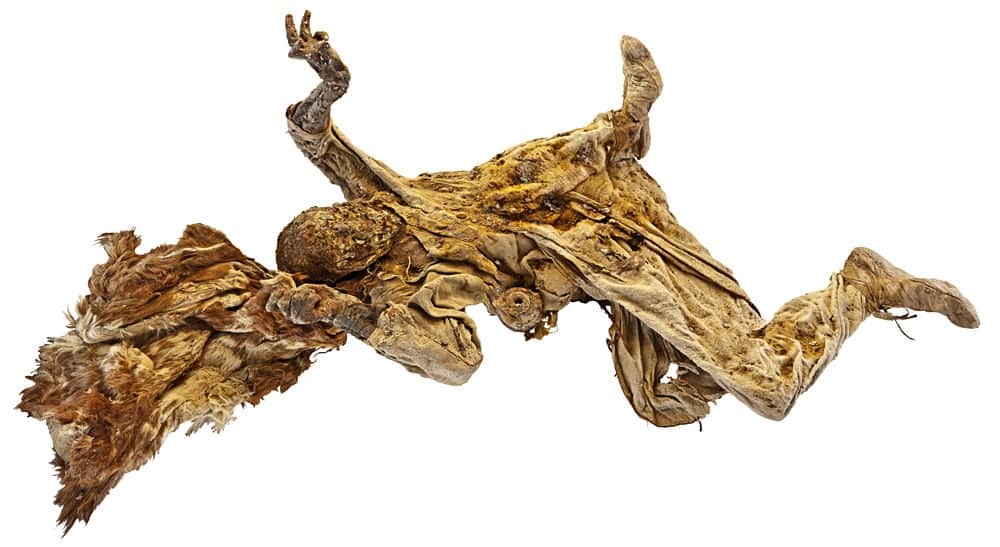
Unlike deliberately created mummies, the Salt Men highlight the power of natural environments in shaping archaeology. They stand as proof that history is often preserved in the most unexpected of places—not palaces or tombs, but in the hazardous depths of a salt mine.
A Site of Ongoing Wonder
The Chehrabad Salt Mine remains a site of international significance, drawing researchers from across the world. Each find adds another fragment to the puzzle of Iran’s ancient history, helping us understand not just how people lived, but how they labored, dressed, and endured the dangers of their time.
In the end, the Salt Men are more than archaeological curiosities. They are human beings, frozen in the moment of their final breath, yet still whispering across nearly three thousand years. Their survival reminds us that even the most ordinary lives—miners, workers, and youths—can become extraordinary voices from the past, preserved by the relentless embrace of salt.


